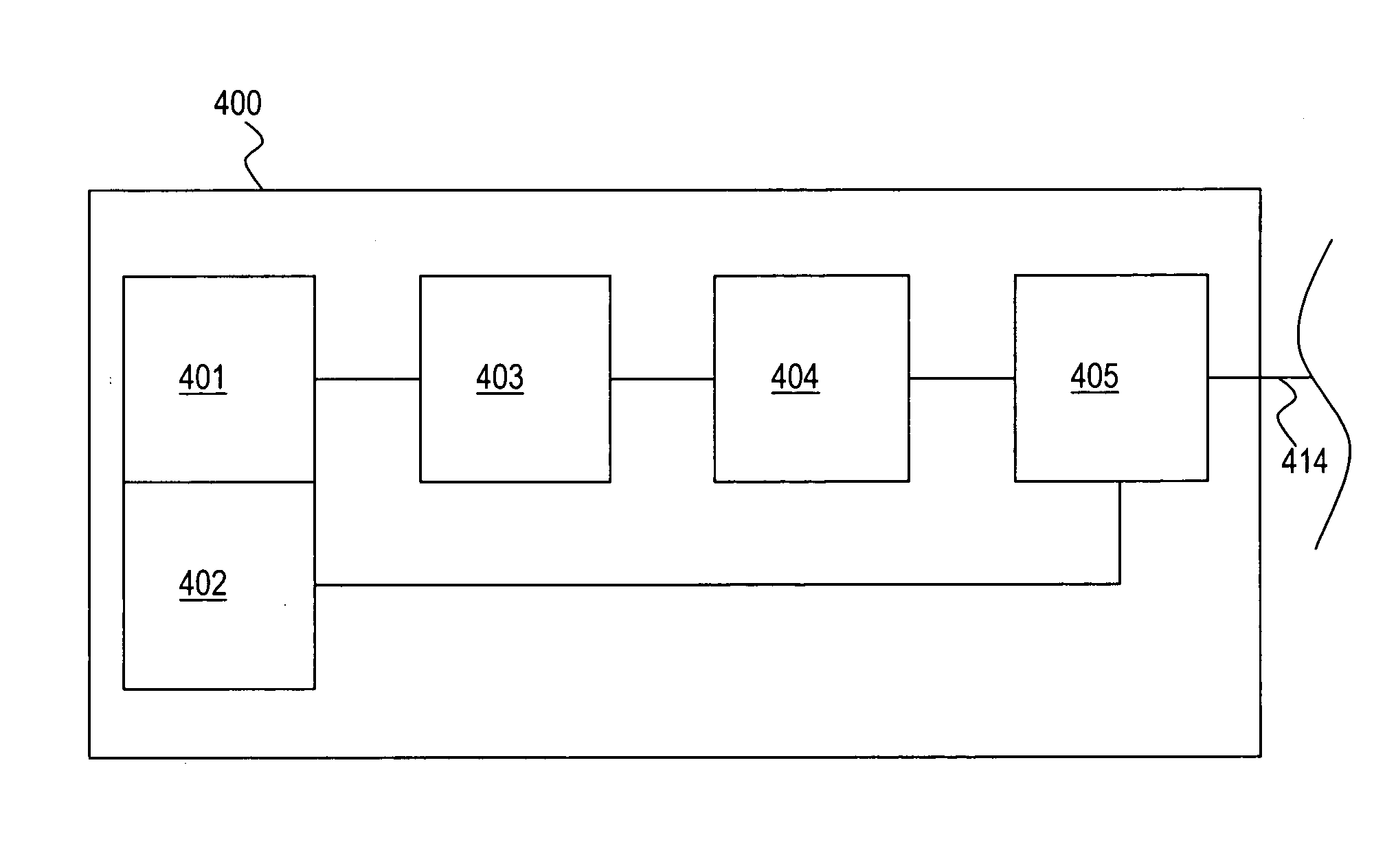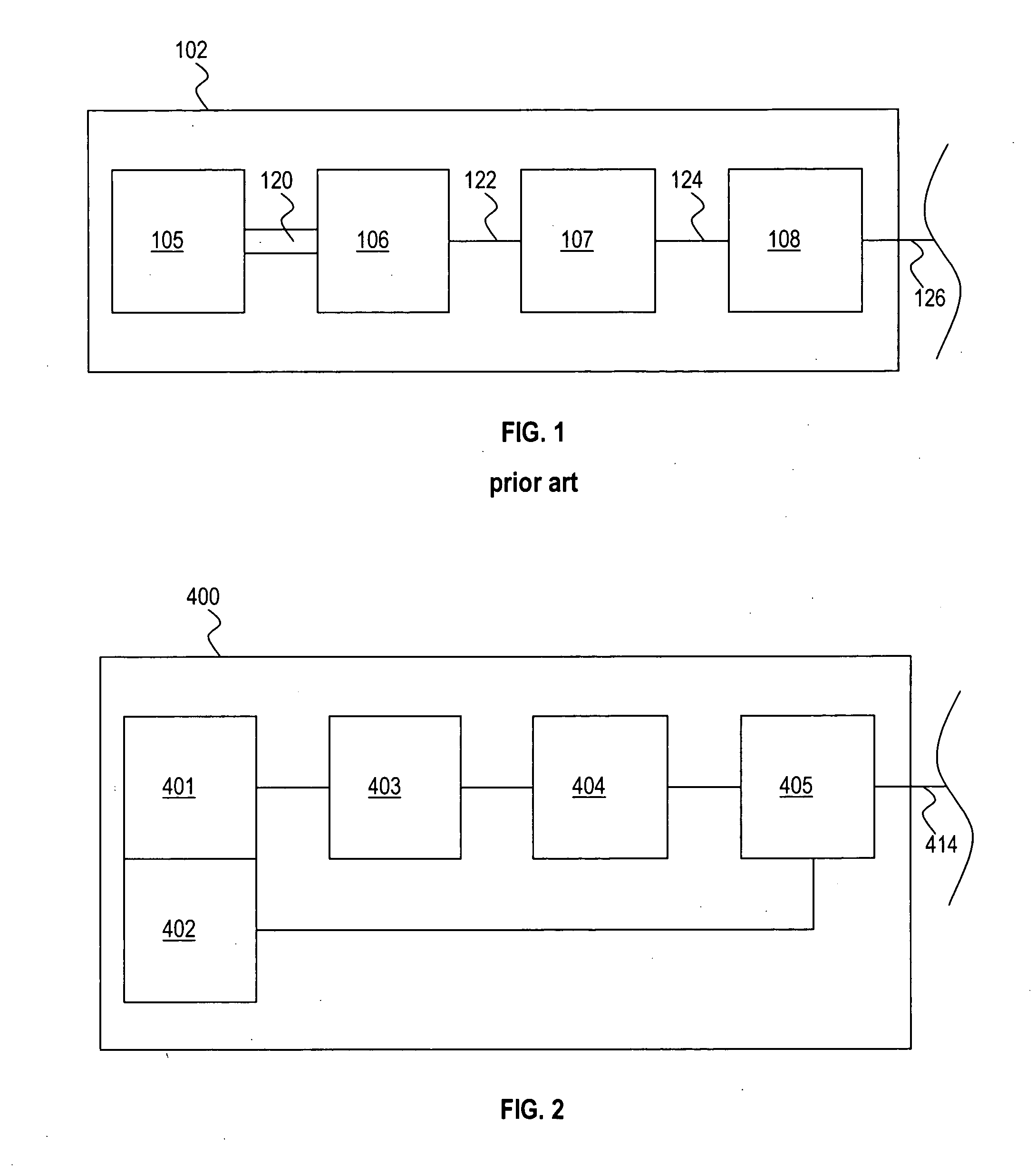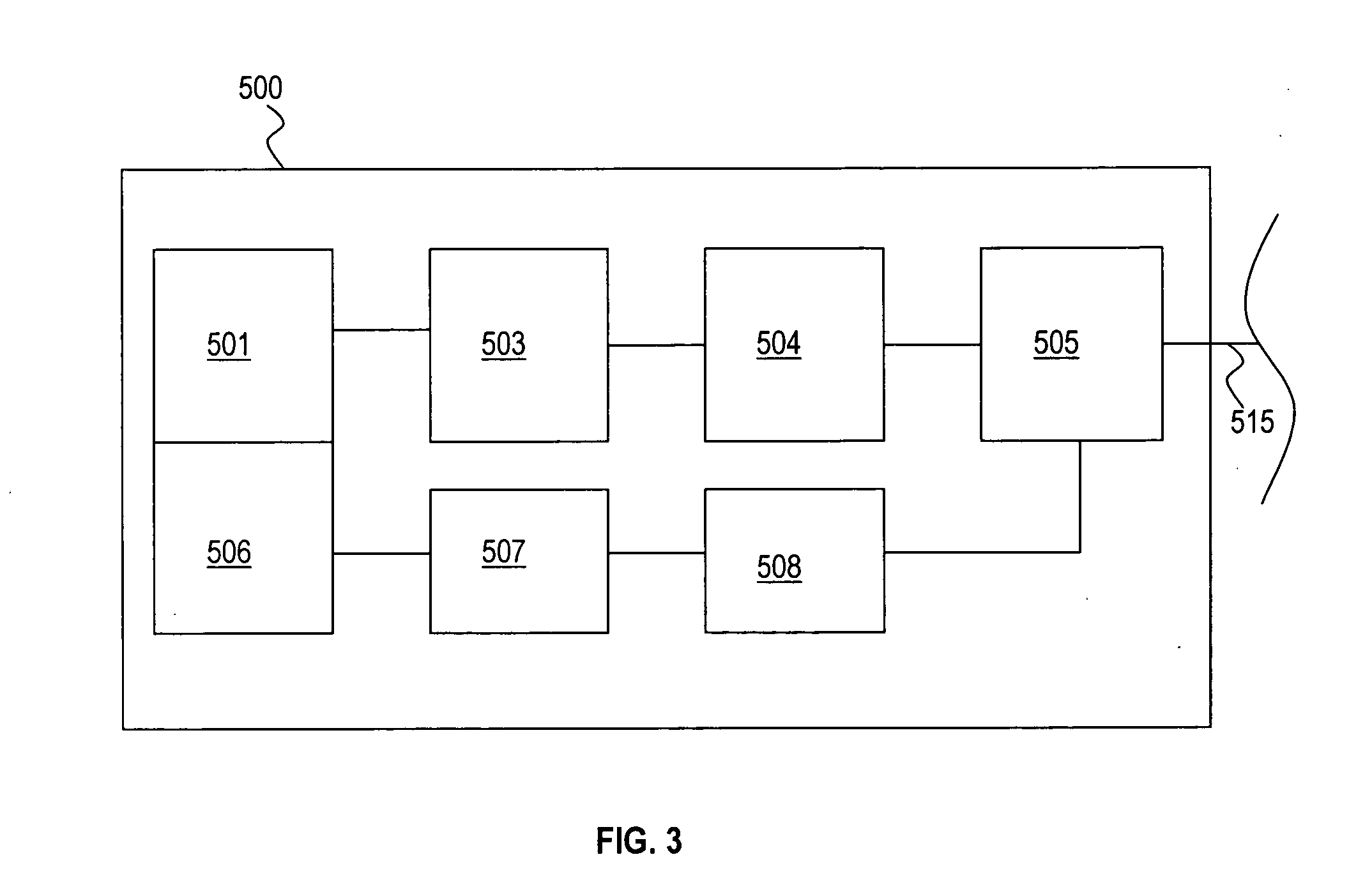Method and apparatus for improving the energy conversion efficiency of electrical power generators
a technology of energy conversion efficiency and generator, which is applied in the direction of electric generator control, reciprocating combination engine, machine/engine, etc., can solve the problems of significant energy loss, low efficiency of conversion of chemical energy contained in petroleum based liquid fuels to electrical energy by a generator powered by an internal combustion engine, and high cost of electricity generation, so as to boost the overall energy conversion efficiency of the primary generator.
- Summary
- Abstract
- Description
- Claims
- Application Information
AI Technical Summary
Benefits of technology
Problems solved by technology
Method used
Image
Examples
Embodiment Construction
[0021] An embodiment of the present invention has been designed to increase the electrical energy output of an ICE-powered electrical power generator by utilizing either a Seebeck device or a Stirling engine to convert into electrical energy the thermal energy that is produced, but not otherwise utilized, by the ICE. In a preferred embodiment, as shown in FIG. 2, the thermal energy rejected from internal combustion engine 401 of generator 400 is directly converted to DC electricity through thermoelectric device 402, said thermoelectric device 402 being in thermal contact with said engine 401. The burning of fuel in engine 401 creates heat that is converted to DC electrical energy in thermoelectric device 402 as a result of the Seebeck effect.
[0022] Simultaneous with the conversion of heat to electricity in thermoelectric device 402, the generator 400 also produces electricity by the traditional method in which engine 401 uses a combustion process to convert fuel to rotary motion, w...
PUM
 Login to View More
Login to View More Abstract
Description
Claims
Application Information
 Login to View More
Login to View More - Generate Ideas
- Intellectual Property
- Life Sciences
- Materials
- Tech Scout
- Unparalleled Data Quality
- Higher Quality Content
- 60% Fewer Hallucinations
Browse by: Latest US Patents, China's latest patents, Technical Efficacy Thesaurus, Application Domain, Technology Topic, Popular Technical Reports.
© 2025 PatSnap. All rights reserved.Legal|Privacy policy|Modern Slavery Act Transparency Statement|Sitemap|About US| Contact US: help@patsnap.com



